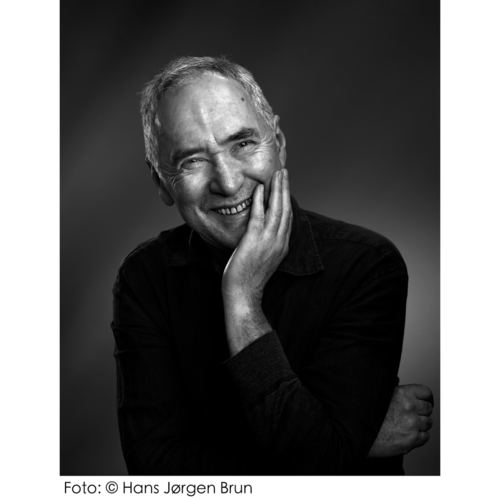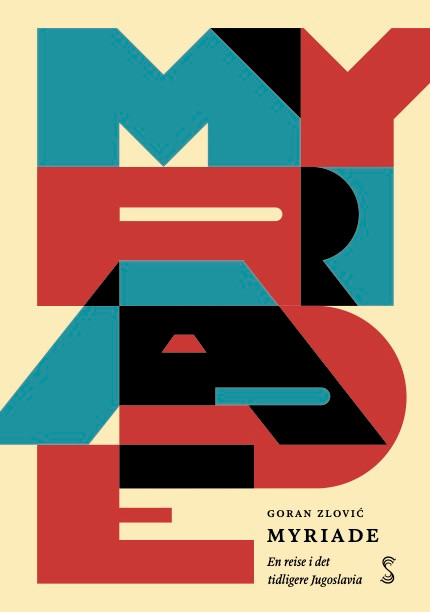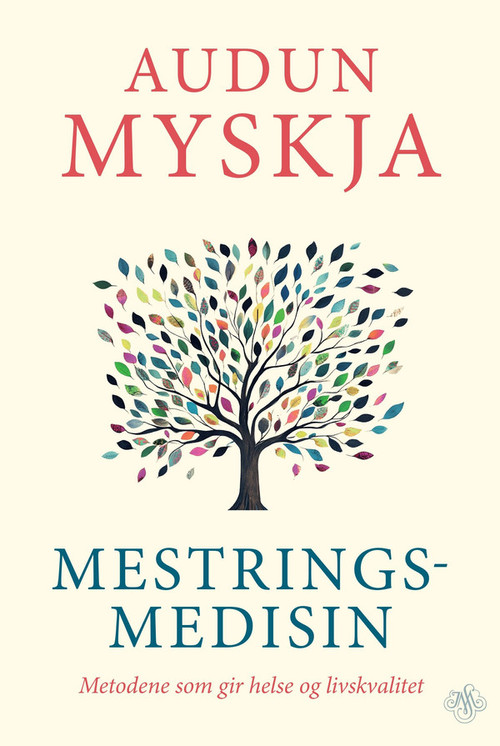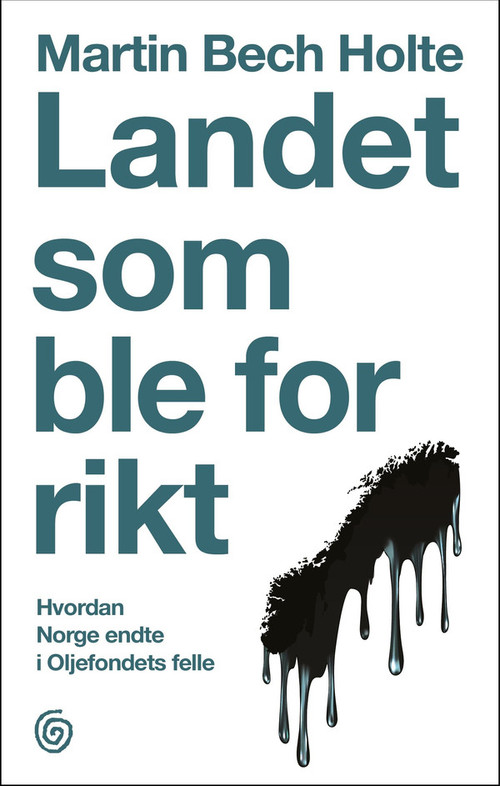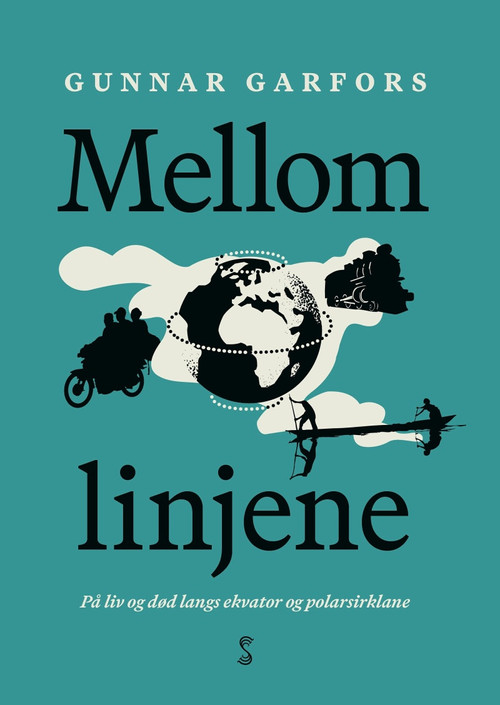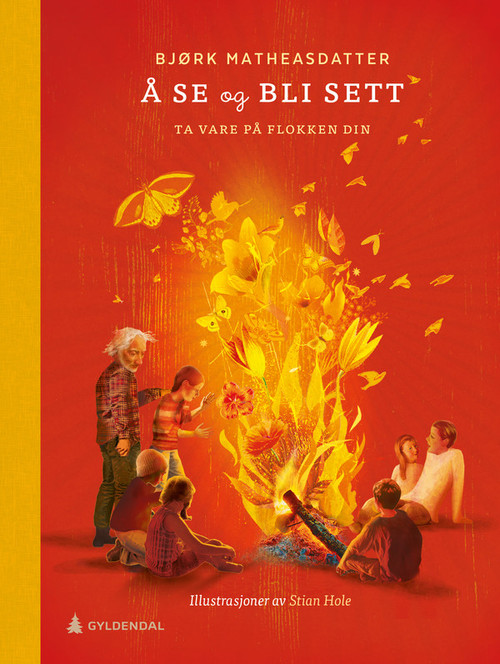The mystic, educationalist and social reformist, Rudolf Steiner (1861-1925) died almost a century ago. Still, his life, his teachings and the comprehensive social reform movement that he instigated, which today is represented in more than ten thousand institutions worldwide in areas ranging from medicine and art, to agriculture and education, is scrutinized and subject to polemical battle.
The anthroposophical debate is often one that circles around how Steiner's personal development should be perceived. This relates particularly to his transition to Mysticism and Theosophy during the years of 1900-1902. Was his transition from Nietzscheanism, Darwinism and Anarchism in the 1890s to Theosophy and Anthroposophy in the 1900s, a natural development with inner continuity and logic, or did it spring from conversion, personality disorders, opportunism or superficiality, and then resulted in a self-contradictory break.
With The Grail Seeker, Kaj Skagen demonstrates that Steiner's youth phases with Darwin, Nietzsche and Anarchism could easily transcend into Theosophy and Anthroposophy without a break in inner continuity.
